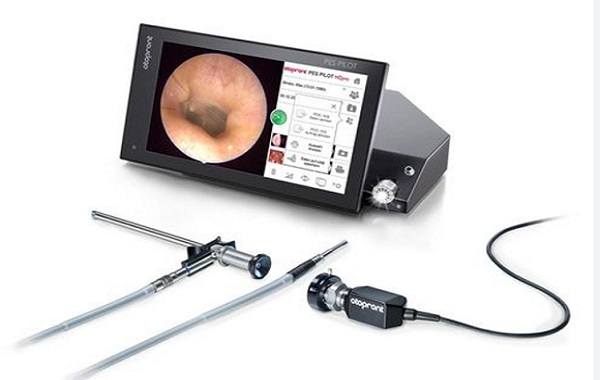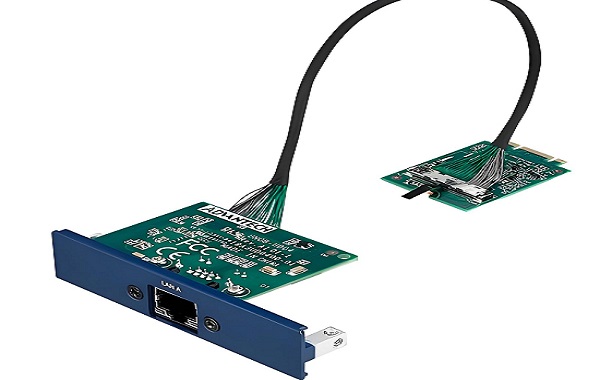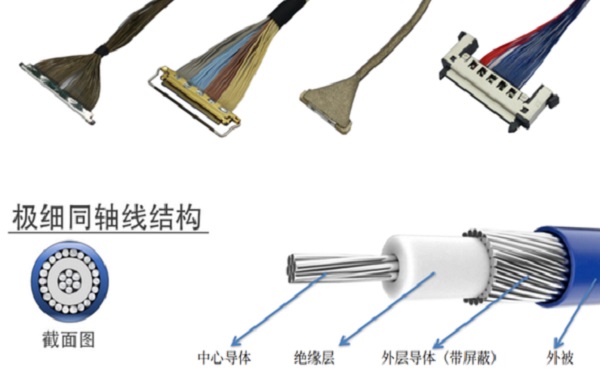Categorization:Harness Component

The value of extremely fine coaxial beam in endoscopy
Endoscopes often encounter challenges such as narrow passages, high-frequency operations, and complex environments during use, which require the internal signal lines to have excellent performance:
Small diameter design: The wire diameter is usually between 0.2mm and 0.8mm, allowing for wiring in extremely limited spaces and adapting to the needs of miniaturized equipment.Low-loss transmission: Ensuring that the image signal remains clear and stable during long-distance transmission, enhancing the imaging effect.
Excellent shielding performance: effectively resist electromagnetic interference (EMI), ensure high-quality image output.
High flexibility: Adaptable to repeated bending and complex channel environments, enhancing the durability and reliability of the cable harness.

Key requirements for cable applications in endoscopic systems
For modern endoscopic systems, the extremely thin coaxial cable束 must meet the following core requirements:
High-resolution image transmission: With the widespread application of high-definition, 4K, even 3D imaging, the demand for signal bandwidth has significantly increased, and ultra-fine coaxial cable bundles have become the preferred solution.Durability and reliability: Frequent use in medical environments requires the cables to have excellent wear and tensile resistance.
Miniaturized design: The design of the entire endoscope is moving towards lightweight and miniaturized development, and the wire harness needs to meet the requirements of compact space wiring.
4. Biocompatibility and safety: Some materials must meet medical-grade standards to ensure safety and stability during long-term use.

Extremely thin coaxial cable束 is widely used in various scenarios of endoscopes and related medical equipment:
Image transmission of medical electronic endoscopesSignal connection between high-precision probe and camera module;
High-speed signal transmission in surgical robot vision systems.

I am[Suzhou Huichengyuan Electronic Technology], Long-term focus on the design and customization of high-speed cable harnesses and ultra-fine coaxial cable harnesses, committed to providing customers with stable and reliable high-speed interconnect solutions. If you have related needs or want to learn more, please contact:Manager Zhang 18913228573 (WeChat same number)。